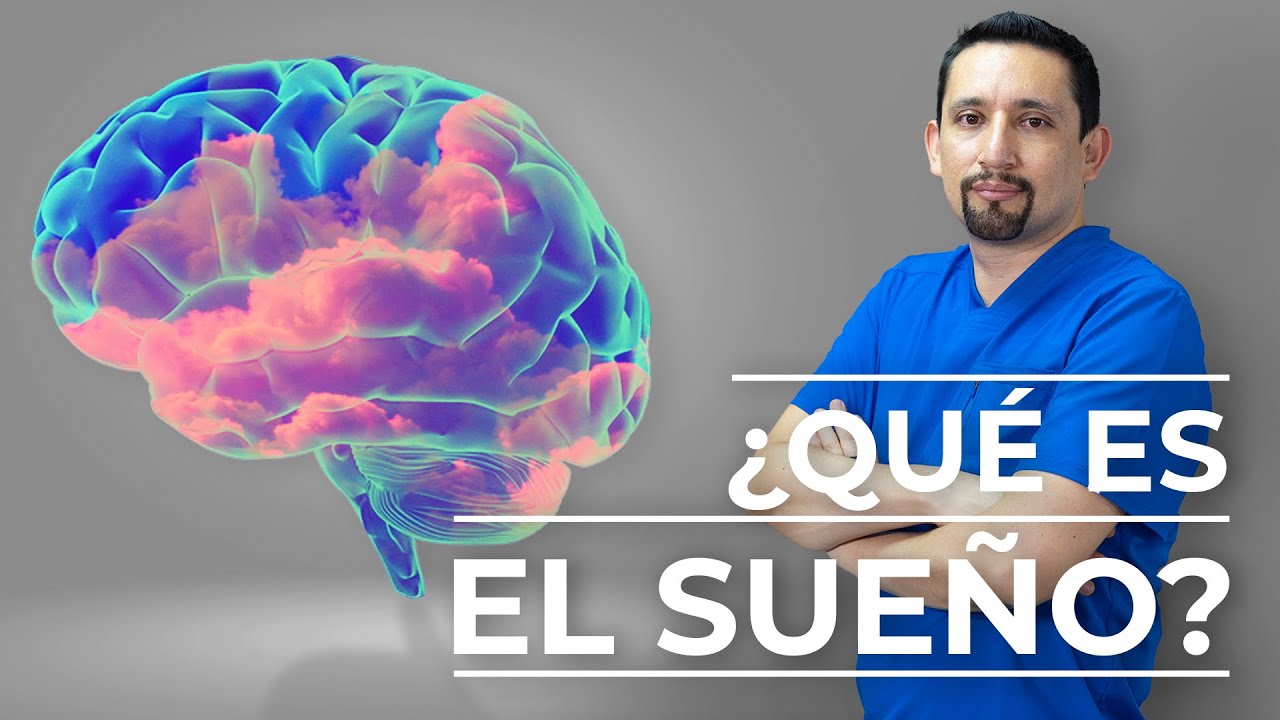Leading through uncertainty: A design-led company - Brian Chesky (Config 2023)
Summary
TLDRDurante la clausura del primer día de Config 2023, Sarah Culver y Sho Kuamoto introducen un diálogo profundo sobre la incertidumbre en el diseño y la innovación. Brian Chesky, CEO de Airbnb, comparte su trayectoria única como diseñador y líder empresarial, enfatizando cómo la integración del diseño en el núcleo de Airbnb ha sido fundamental para navegar por los desafíos y transformar la empresa. Chesky destaca la importancia de la visión, el diseño y la simplicidad en la toma de decisiones, y cómo estos principios pueden revitalizar los negocios y adaptarse a los cambios del mercado. Su narrativa inspira a diseñadores y líderes a repensar el rol del diseño en la estrategia empresarial y en la construcción de un futuro incierto.
Takeaways
- 🎤 Sarah Culver y Sho Kuamoto agradecen a los asistentes de Config 2023, prometen ajustes y aseguran que las charlas estarán disponibles en línea.
- 🌐 Discuten la incertidumbre global, destacando el impacto de la pandemia, la economía y la inteligencia artificial en el futuro del diseño.
- 🚀 Brian Chesky, CEO de Airbnb, comparte su visión sobre liderar con un enfoque en diseño, y cómo esto ha sido fundamental para el éxito y la innovación de Airbnb.
- 🤔 Chesky reflexiona sobre la realización de que Airbnb se estaba alejando de sus raíces de diseño y cómo decidió reestructurar la empresa para centrarse más en el diseño y menos en las métricas convencionales.
- 💡 Introduce el concepto de 'diseñar la empresa', enfocándose en simplificar y reducir proyectos para mejorar la eficiencia y el flujo de efectivo, destacando el diseño como una solución integral, no solo estética.
- 🔄 Describe el proceso de reconstrucción de Airbnb durante la pandemia, incluyendo la centralización de la toma de decisiones y la reducción de proyectos para concentrarse en lo esencial.
- 🎨 Chesky argumenta que los diseñadores deberían tener un papel más central en la toma de decisiones de productos y empresas, desafiando la idea de que solo deberían ser ejecutores de ideas.
- 🔍 Comparte cómo la integración de diseño, marketing y desarrollo de producto en Airbnb crea productos cohesivos y bien comunicados, destacando la importancia de contar con un mapa de ruta claro.
- 👥 Enfatiza la importancia de la colaboración entre diseñadores, ingenieros y mercadólogos para crear productos que las personas amen y deseen.
- 🚀 Motiva a los diseñadores a asumir roles de liderazgo y a considerar la posibilidad de fundar empresas, subrayando el impacto que el pensamiento de diseño puede tener en el mundo empresarial.
Q & A
¿Quiénes son los anfitriones de la clausura del primer día de Config 2023?
-Sarah Culver, gerente de diseño en Figma, y Shokuamoto, vicepresidente de producto.
¿Qué cambios prometen hacer para el segundo día del evento?
-Prometen hacer ajustes en las asignaciones de salas y en la disposición de los espacios para mejorar la experiencia.
¿Cómo se planea compensar a quienes no pudieron asistir a todas las charlas deseadas?
-Planean grabar todas las charlas y enviarlas por correo electrónico a los asistentes lo más rápido posible.
¿Cuál es el tema de las sesiones de clausura presentadas por Sarah y Shokuamoto?
-El tema es 'Navegando la incertidumbre'.
¿Qué visión tiene Shokuamoto sobre el diseño en tiempos de incertidumbre?
-Considera que el diseño es fundamentalmente sobre qué queremos construir y cómo queremos que sea el futuro, lo cual es crucial en tiempos inciertos.
¿Quién es el primer orador mencionado en la clausura y cuál es su relación con el diseño?
-El primer orador es Brian Chesky, descrito como alguien que ha puesto el diseño en el centro de todo en Airbnb, liderando la empresa con una perspectiva de diseño.
¿Qué realización tuvo Brian Chesky sobre la forma en que estaba dirigiendo Airbnb?
-Se dio cuenta de que estaba llevando a cabo las cosas de manera muy convencional, a pesar de su formación en diseño.
¿Cómo cambió Airbnb su enfoque bajo la dirección de Brian Chesky durante la pandemia?
-Reconstruyeron la empresa desde cero, cambiando a una organización funcional y enfocándose en proyectos clave con el diseño como elemento central.
¿Qué estrategia de diseño emplea Airbnb para asegurar el éxito de sus productos?
-Se enfocan en hacer menos proyectos pero de mayor impacto, evitan las pruebas A/B excesivas y se aseguran de que cada proyecto sea algo de lo que estén orgullosos antes de lanzarlo.
¿Cuál es el consejo de Brian Chesky para los diseñadores que aspiran a tener un impacto mayor?
-Alienta a los diseñadores a tener confianza, a no pedir permiso para cómo quieren hacer las cosas, y a reconocer que los diseñadores pueden dirigir empresas y crear productos que la gente ame.
Outlines

Esta sección está disponible solo para usuarios con suscripción. Por favor, mejora tu plan para acceder a esta parte.
Mejorar ahoraMindmap

Esta sección está disponible solo para usuarios con suscripción. Por favor, mejora tu plan para acceder a esta parte.
Mejorar ahoraKeywords

Esta sección está disponible solo para usuarios con suscripción. Por favor, mejora tu plan para acceder a esta parte.
Mejorar ahoraHighlights

Esta sección está disponible solo para usuarios con suscripción. Por favor, mejora tu plan para acceder a esta parte.
Mejorar ahoraTranscripts

Esta sección está disponible solo para usuarios con suscripción. Por favor, mejora tu plan para acceder a esta parte.
Mejorar ahoraVer Más Videos Relacionados

Test 47

La guía del diseño en México. Diseño industrial

¿QUÉ ES EL SUEÑO? I HABLEMOS DE SUEÑO PROFUNDO, SUEÑO LIGERO I DR. SUEÑO

ATRAPAME SI PUEDES | Como te ven te TRATAN | Relato & Reflexiones

Quinta carta de Paulo Freire

¿Qué es la Innovación Disruptiva? Clase Abierta

Intensa-Mente: Nuevo adelanto (Doblado al español)
5.0 / 5 (0 votes)